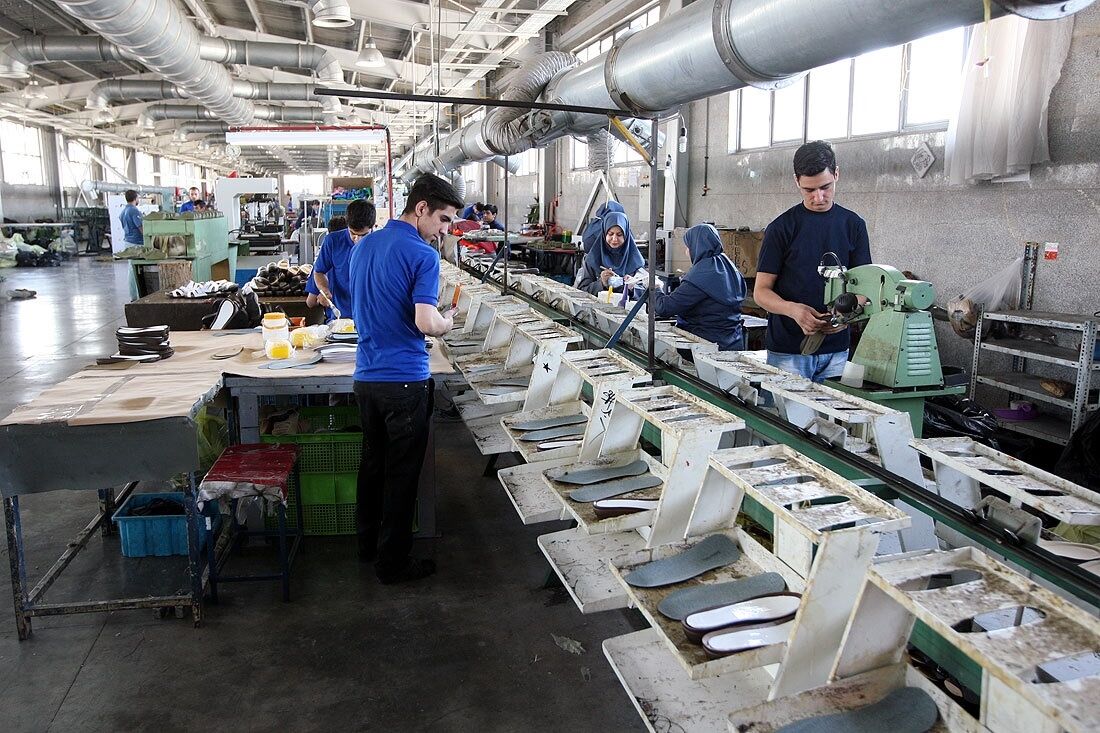The Statistical Center of Iran has put labor force participation rate — the proportion of the population of ages 15 and above that is economically active, either employed or looking for a job — at 41.2% or 26.46 million people in the first quarter of the current Iranian year (March 21-June 21), saying the rate registered a 0.3% year-on-year increase.
Men’s and women’s economic participation rates reached 68.3% and 14.1% respectively.
A total of 21.93 million men and 4.53 million women of ages 15 and above were economically active in Q1, i.e., they were either employed or looking for a job.
The total Q1 employment rate was 37.8% (24.3 million), up 0.7% compared with the same quarter of the last Iranian year. Employment rates for men and women were 63.7% and 12%, respectively, which constituted 20.43 million men and 3.86 million women in Q1.
Employment rate was 36.8% (18.35 million people) in urban areas and 41.2% (5.95 million) in rural areas.
Employment is defined as persons of working age engaged in any activity to produce goods or provide services for pay or profit, whether at work during the reference period or not at work due to a temporary absence from a job, or to working-time arrangement.
The share of employment of university graduates stood at 26.5% of the total employed population, wherein male and female graduate employment rates were 22.9% and 45.7%, respectively. In urban and rural areas, graduate employment rates stood at 32.3% and 8.7% of the total number of job-holders, respectively.
Q1 statistics show that 39.8% of the country’s labor force worked more than 49 hours per week, indicating a 0.5% decrease over the same period of last year.
The services sector employed 51.3% of the Iranian employed population (12.47 million), 0.1% higher than the corresponding period of last year, whereas industrial and agricultural sectors provided 33.1% and 15.5% of jobs respectively.
Over 8.04 million were employed in the industrial sector, up 0.4% year-on-year and 3.77 million worked in agriculture, posting a 0.5% decrease YOY.
The services sector consists of wholesale and retail trade; restaurants and hotels; transport, storage and communications; financing, insurance, real-estate and business services; as well as community, social, education, health and personal services.
The sector employed 10.18 million men and 2.28 million women in the three-month period, such that 7.06 million men and 980,478 women were working in the industrial sector and 3.17 million men and 598,421 women worked in the agriculture sector.
Services accounted for 59.2% or 10.87 million of all jobs in urban areas and 26.9% or 1.63 million of jobs in rural areas. The industrial sector made up 34.8% or 6.38 million of the jobs in urban areas and comprised 27.9% or 1.65 million of employment in rural areas.
This is while 5.9% or 1.08 million of the total jobs in urban areas and 45.3% or 2.69 million of the jobs in rural areas were in the agriculture sector.
Zanjan had the highest labor force participation rate (50.9%) and Ilam had the lowest labor force participation rate (32.8%), whereas Tehran registered a 40% participation rate in Q1. Zanjan also registered the highest employment rate of 48.4% while Ilam and Sistan-Baluchestan each filed the lowest employment rate of 30.6% among all Iranian provinces. Tehran’s employment rate stood at 36.9%.


